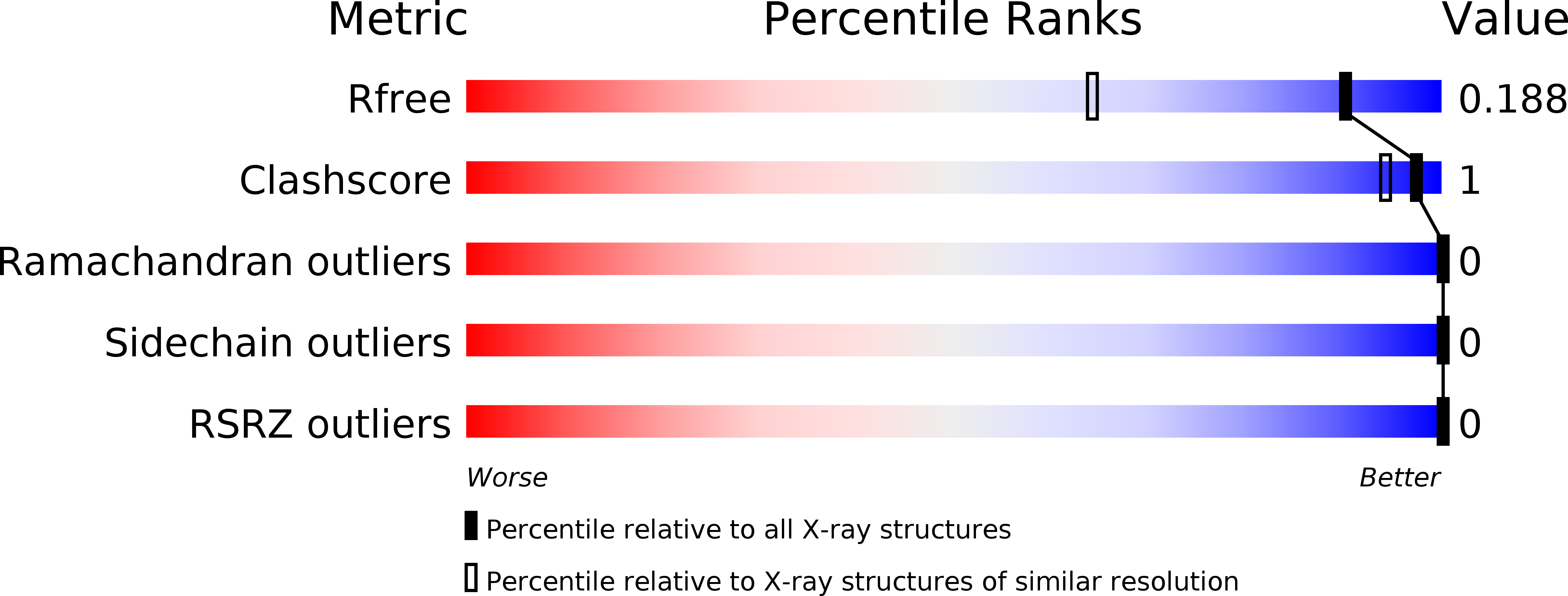
Deposition Date
2017-01-24
Release Date
2017-08-09
Last Version Date
2024-11-13
Entry Detail
PDB ID:
5UL6
Keywords:
Title:
The molecular mechanisms by which NS1 of the 1918 Spanish influenza A virus hijack host protein-protein interactions
Biological Source:
Source Organism:
Homo sapiens (Taxon ID: 9606)
Influenza A virus (Taxon ID: 11320)
Influenza A virus (Taxon ID: 11320)
Host Organism:
Method Details:
Experimental Method:
Resolution:
1.45 Å
R-Value Free:
0.18
R-Value Work:
0.16
R-Value Observed:
0.16
Space Group:
P 1 21 1


